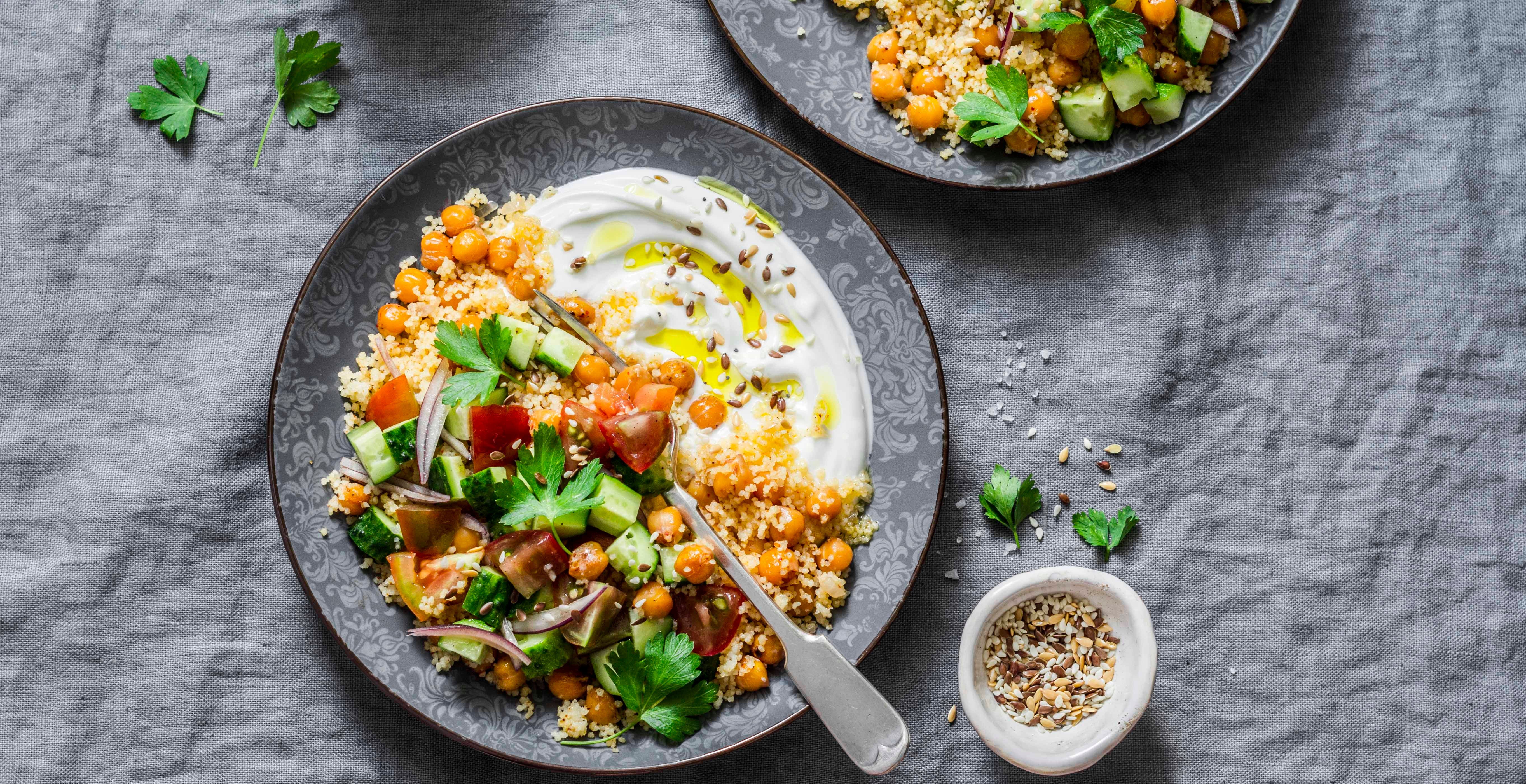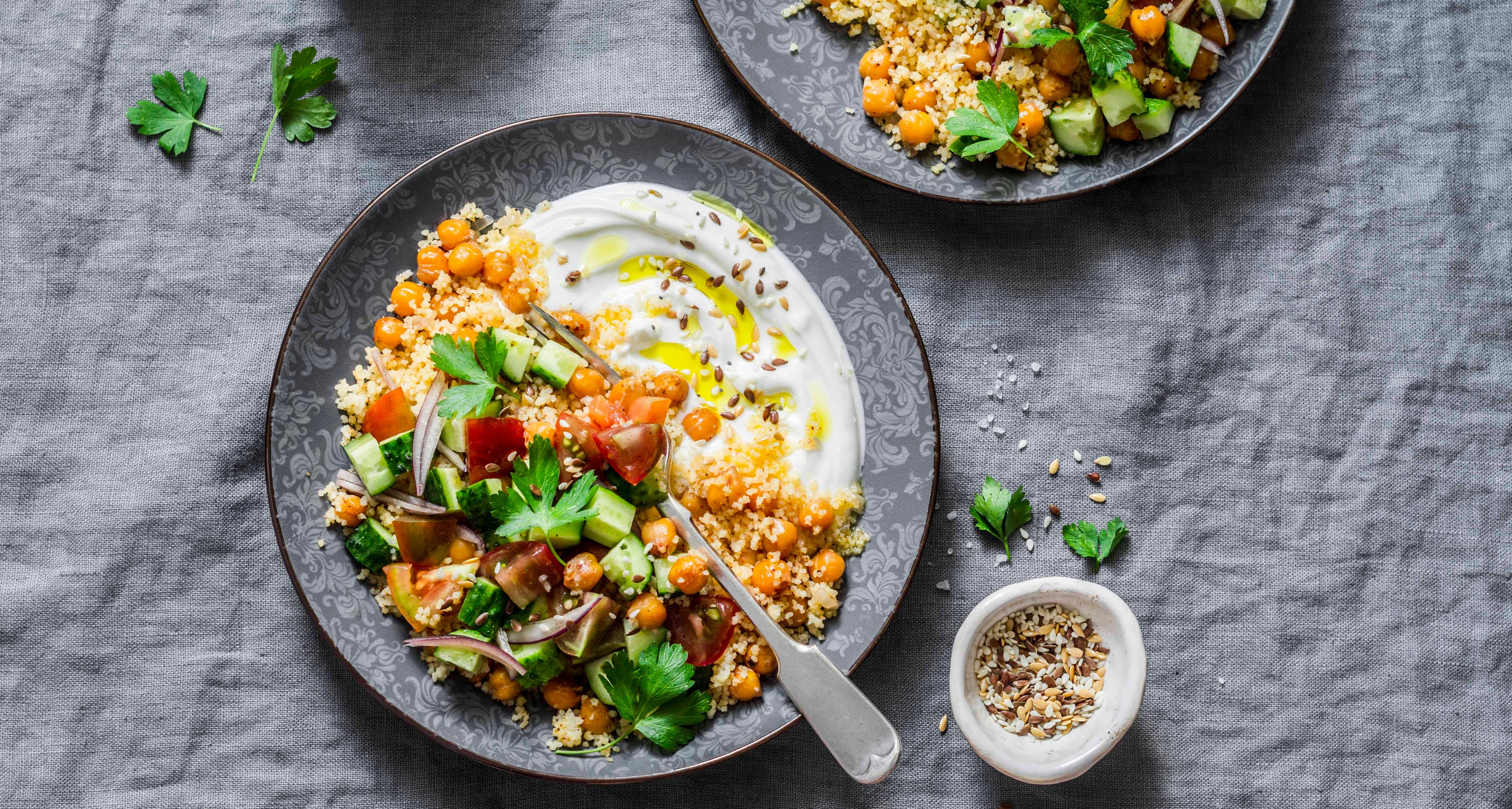Food and texture


Because we have a tendency to think about food solely in terms of taste you may be surprised to learn that it’s actually texture that has the greater effect on our experience of food. Not convinced? Let’s consider the humble meatloaf, a comfort food classic with a taste many of us would describe as savoury and mildly sweet with a texture that is pleasantly chewy and crisp around the edges. Traditionally, meatloaf is enjoyed hot and by the slice but imagine instead it was presented to you in cold liquid form; its appeal would probably disappear altogether. The taste would remain exactly the same, but suddenly it would become almost inedible due to the change in texture and temperature. Based on this thought experiment alone it would seem that texture is just as important, if not more so, than taste when it comes to the foods we both love and loathe. Getting a better understanding of the role texture plays in food not only makes you a better home cook, it also gives you the freedom to recreate favourite recipes in a healthier, more nutritionally satisfying manner.
Texture and taste: How they work together
While home cooks might give more consideration to taste when they’re cooking, chefs and food scientists have long understood the important symbiotic relationship between taste and texture. There are two important terms to consider when talking about texture and food: Rheology, which is the study of food textures, and psychorheology, which is the study of our perceptions of texture (or, how our mouths actually feel about texture.) Psychorheology, a large component of consumer research groups in the food and beverage industry, is used by food scientists and advertisers to predict how people will experience different textures and the product as a whole.
How to use texture to your advantage
One reason texture can be difficult to describe is that the vocabulary surrounding food tends to be centred around the sensation of taste. Building a better texture vocabulary is an incredibly useful tool for making better food at home. The following words are a great place to start when learning how to describe texture:
- Chewy
- Bubbly
- Dry
- Flaky
- Gelatinous
- Foamy
- Freezing
- Glossy
- Rough
- Icy
- Mushy
- Raw
- Slimy
- Slippery
- Crisp
- Chewy
- Crunchy
- Hard
- Syrupy
Exploring texture in the kitchen
Now that you have a working vocabulary to describe texture you can use these words to define the textural parameters of your favourite foods (especially the ones with the potential to put a dent in your SmartPoint plans for the day.) You can then experiment with other foods that are a textural match and recreate healthier, more nutrient dense versions that will still leave you (and your cravings) satisfied.
If you love snacking on crunchy chips and creamy dip you could substitute carrot sticks, baked kale chips, mini rice cakes, or rye crispbread and instead of a sour cream and mayonnaise-based dip you could try Greek yogurt mixed with ranch seasoning, hummus, baba ganoush, or guacamole made with avocado and mashed broccoli or peas.
If you’re a big fan of creamy ice cream try making “nicecream” with frozen bananas or blending nonfat plain yogurt with frozen fruit until it matches the texture of frozen yogurt. Serve topped with chewy dark chocolate chips or unsweetened shredded coconut.
Creamy mashed potatoes are heavenly but can be an unhealthy choice if they’re made with tons of butter and cream. Try mashing together equal parts potatoes and cauliflower with a creamy nonfat plain yogurt, rich chicken or vegetable broth and a drizzle of buttery olive oil for a lighter option that still tastes like an indulgence.
